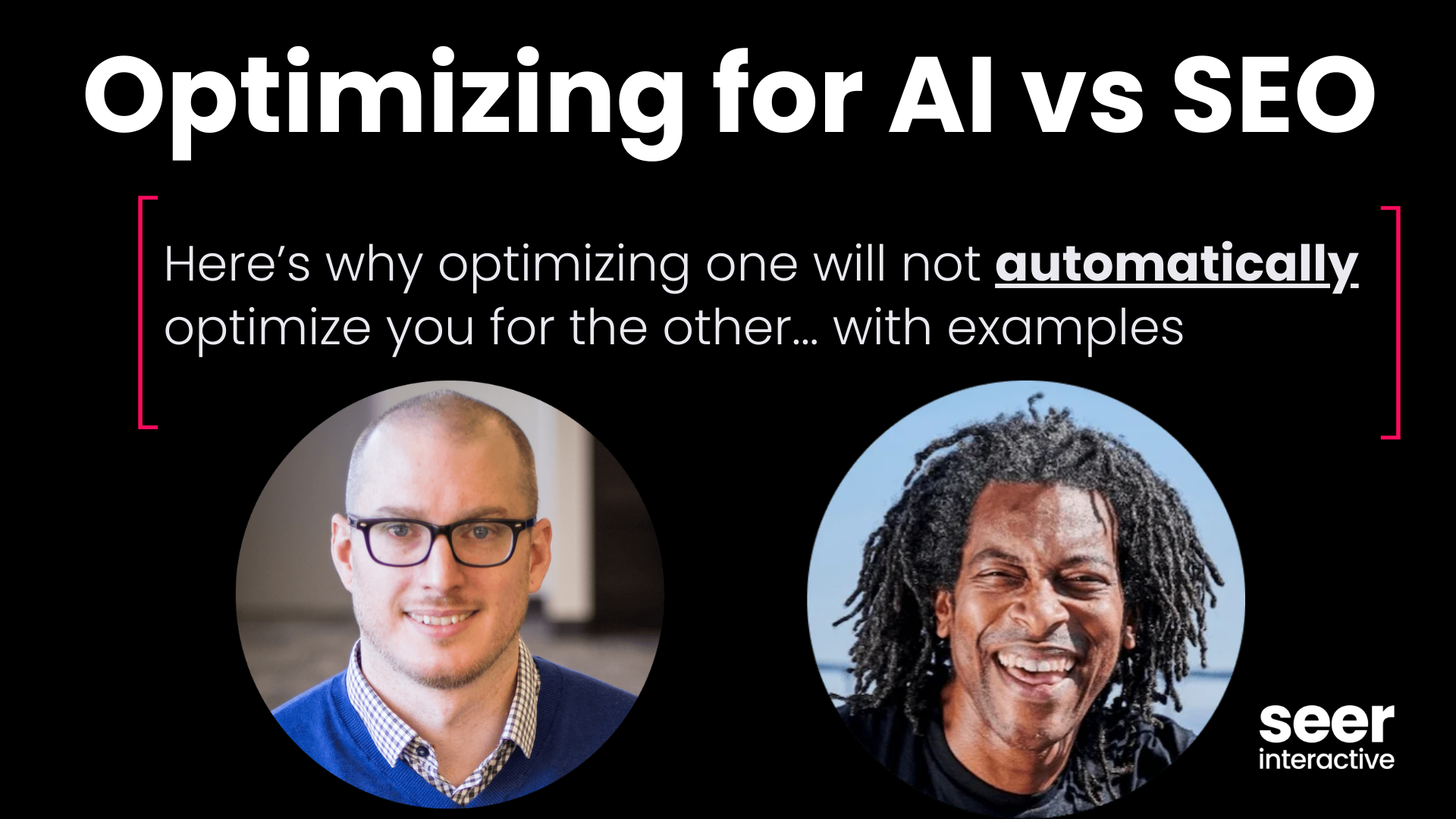What is Business Acumen?
What is “business acumen”? I didn’t really know, until I read What The CEO Wants You To Know by Ram Charan. In the book, Charan outlines 5 core principles that I firmly believe every marketer should know. He calls these “the building blocks of money-making.” Reading the book was a blast back to my undergrad days, but it explained these concepts in a super relevant and easy-to-digest way.
As marketers, we’re most often tasked with driving demand, but in my opinion, it’s critical that we understand how our work fits into the broader business picture. Without that understanding, it can be tough to understand the real ROI of our efforts, and speak the language of the CFO/CEO. If we can grasp these fundamental building blocks, we’ll be able to understand how any company makes money.
Outlined below are the five key concepts from Charan’s book, and my personal takeaways.
💡 Concept 1: Cash Generation
“Cash generation is the difference between all of the money that flows into the business and all of the cash that flows out of the business in a given period of time.” - Ram Charan
Cash flows into the business from sources like sales of products or services and flows out of the business through expenses like rent, advertising costs, and salaries. Cash gives you the ability to stay in business, and thus Charan refers to this as “a business’ oxygen supply.” Run out of oxygen and welp … you die!
If you sold lemonade as a kid, you fundamentally understand the concept of cash. If it costs $30 for your lemonade supplies, and you sell $50 worth of lemonade, you’ve made $20! You’re in business, and you have a positive margin (which we’ll cover in the next section). Whether selling lemonade or $100,000 electric vehicles, the importance of cash is the same. No cash, no business.
💡 Concept 2: Net Margin
“Net margin is the money the company earns after paying all of its expenses, interest, and taxes. These expenses include all costs associated with making and selling the product as well as running the business, making interest payments on any loans, and paying income taxes.” - Ram Charan
Back to our lemonade example, net margin explains how much cash goes into your piggy bank after selling $50 worth of lemonade. You may have made $20 after covering your costs of buying the lemonade, but what if you took out an ad in the local paper for $10 to attract new customers? Your net yield went from $20 down to $10.
This is partially why understanding net margin is so important for marketers. When we talk about ROI, it’s not enough to know how much net new revenue our efforts drive. We need to understand, in detail, the expenses that go into operating the business in order to determine the true return on our efforts.
💡 BONUS CONCEPT: Gross Margin
Gross margin is calculated by taking the total sales for the company or a product line and subtracting the costs directly associated with the making or buying of the product or service.
Many folks track gross margin closely because it provides clues about important changes that are affecting the nature of their business. For example, if your gross margin goes from 70% to 55%, it might be costing you more to produce your product, or perhaps your competition is forcing you to lower prices while costs are staying the same.
💡 Concept 3: Asset Velocity
“The word velocity describes the idea of speed, turnover, or movement. Think of raw materials moving through a factory and becoming finished products, and think of those finished products moving off the shelf to the customer. That’s velocity.”
“Things must move through the business to the customer -- the faster, the better.” - Ram Charan
Many business owners focus on margin, but they overlook velocity.
This is a particularly interesting concept at Seer these days, given our new focus on data strategy and data integration between our SEO, PPC, Creative, and Analytics divisions. At Seer, we’re pivoting our processes and deliverables to focus on larger data sets that integrate across channels by leveraging tools like PowerBI and Tableau, which can handle large volumes of data and produce insights instantly. An example of this is creating a competitive SEO analysis. When I started at Seer in 2012, it took us around 25 hours to create a competitive analysis. We would ask clients for their competitors, and then manually analyze keyword sets and websites via tools like SEMrush, Ahrefs, Moz, etc. Our process wasn’t necessarily bad, but it was slow. And to be honest, our data set was limited, so we weren’t looking at the full competitive landscape.
Today we can process hundreds of thousands of data points across thousands of competitors (with insights from channels like PPC) + analyze the data in about an hour. We do this by creating templates in PowerBI that hook up to our Master Client Accounts in Google Ads, and APIs from SEMrush and other marketing software platforms.
So now we can produce a competitive analysis that is objectively better in about an hour. We went from ~25 hours to 1 hour. That means that 1 Account Manager could hypothetically produce 8 competitive analyses in 1 day. And for the sake of argument let’s say that in 2012 1 Account Manager could produce 2 in 1 week.
If our return = margin * velocity, then here’s how things look in 2020 vs. 2012 for 1 week’s worth of competitive analyses, if we make a 50% margin selling them. Let’s say that each competitive analysis costs $100.
2012: 2 competitive analysis in 1 week
Competitive analysis cost = $100
Margin = 50%
Return = $50 * 2 = $100
2020: 40 competitive analysis in 1 week (8 per day)
Competitive analysis cost = $100
Margin = 50%
Return = $50 * 40 = $2,000
You can see why focusing on velocity is important -- in 2020 we make 1,900% more money on these analyses by adopting this new big data approach. The crazy part is that our margins are much better in 2020 as well, given how scalable or process has become. So that figure is probably super low, since our margins are likely closer to 85% in 2020.
“Successful business people focus on margin and velocity.” - Ram Charan
💡 Concept 4: Growth
Most of us already know that growth is vital to any business, and there are many reasons why. Our VP of digital, Larry, gave me a great reason:
“Businesses need to grow in order to retain their top talent. If you don’t challenge your A players with new and exciting opportunities, they will leave and go elsewhere. In the world of business, new and exciting challenges most often have an end game that ties back to revenue or profitability.” - Larry
I think that’s a great angle. In What The CEO Wants You To Know, Charan offers a few additional reasons:
“If the company as a whole or your business unit lags behind competitors, your personal progress will suffer. If the company’s sales are flat, people will not have the opportunity to be promoted and move forward. Top managers will begin to cut costs, cut layers. They’ll start reining in R&D and advertising, good people will leave, and eventually the company will go into a death spiral. People will suffer.” - Ram Charan
That said, I think it’s important to grow in the right way. Growth without healthy cash generation can lead to bad margins, decreased velocity, and can ultimately be detrimental to any business.
Before Seer, I worked for a company that incentivized sales without paying attention to margin. Over a 6 month period we grew at a crazy clip, but it wasn’t profitable (since we didn’t pay attention to the money we were making after expenses), and so we grew but it hurt us in the long run. I’ve also seen companies borrow money to grow, which can lead down a similar road.
💡 Concept 5: Customers
“CEOs with business acumen have a close connection to their customers and strong conviction that the business cannot survive without satisfying them. It’s universal.” - Ram Charan
I suppose this one is probably the easiest concept to grasp but one of the hardest to truly master in practice. Before Seer, I worked at a company that made everyone in the business take customer support calls. To be honest I hated it at first, but quickly saw the value. It gave us the opportunity to see for ourselves how things were going. The higher up we go in an organization, the easier it is to be removed from the day to day and talk directly to the people who use our products and services.
Customers will only buy from us if we give them something that they really need and want. So while quantitative audience exercises can be great, there’s no substitute for speaking to them directly and fully understanding their wants and needs.
💡 7 Questions To Understand Your Company
Now that you understand these 5 critical concepts, below is a list of questions that Ram recommends asking about your company to understand its business:
1) What were your company’s sales last year?
2) Is your company growing? How does this growth compare to last year?
3) What is your company’s profit margin? Is it growing, declining, or flat?
4) How does your margin compare to your competitors? How does it compare to other industries?
5) Do you know your company’s asset velocity?
6) Is your company’s cash generation increasing or decreasing? Why is it going one way or another?
7) Is your company gaining or losing against the competition?


